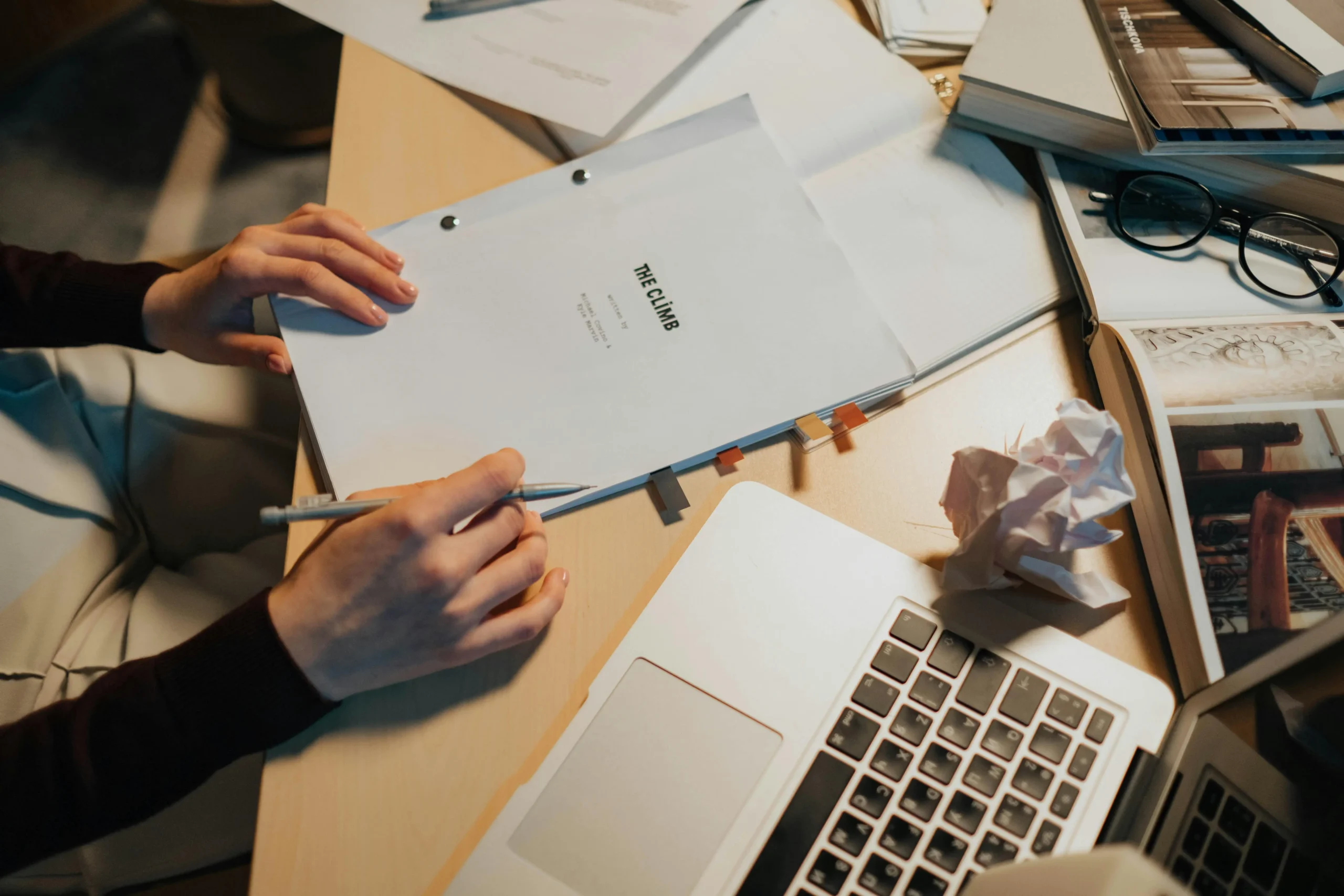Flashbacks are one of the most powerful storytelling tools in any writer’s toolkit, especially when it comes to screenwriting. They offer a chance to add depth to characters, reveal backstories, and enrich the emotional landscape of the story. But, how to write a flashback in a script without confusing your audience or disrupting the flow of the narrative? In this article, we’ll explain the techniques you need to know to incorporate flashbacks in your script effectively. Whether you’re a beginner or just looking to brush up on your skills, this guide will help you understand the ins and outs of using flashbacks seamlessly.
What Exactly Is a Flashback?
A flashback is a storytelling device that shifts the timeline of a story to show important events from the past. These scenes are used to reveal backstory, provide context, or deepen the audience’s understanding of a character’s motivations. However, not every past event deserves a flashback. To be effective, it should enhance the current plot or character development. If the flashback doesn’t serve a significant purpose, it can feel like unnecessary filler rather than an integral part of the narrative.
Why Use Flashbacks?
Flashbacks are like puzzle pieces that help complete the larger picture. They allow the audience to understand a character’s current actions by showing what has happened to them in the past. But they’re not just a tool for filling in gaps. Flashbacks can create emotional connections between the audience and the characters. They can reveal secrets, provide backstory, or help to clarify the motivations behind a character’s decisions. They add depth and richness, making the audience feel more engaged with the storyline.
When Should You Use a Flashback?
Using flashbacks isn’t just about adding them anywhere in your script. Timing is key. Flashbacks work best when they’re naturally triggered by something happening in the present. Maybe your character sees an old photo, hears a familiar song, or visits a location that sparks a memory. These moments allow you to transition smoothly into the past without jarring the audience. The key is to ensure that the flashback feels necessary and is relevant to what’s happening in the story right now.
How to Write a Flashback in a Script Without Disrupting the Flow
One of the most common mistakes writers make when learning how to write a flashback in a script is interrupting the flow of the story. Flashbacks should complement the narrative, not slow it down. Here are some tips for maintaining the pacing and ensuring your flashback enhances the story rather than derailing it.
Keep It Brief and Relevant
Flashbacks are best when they’re concise. The last thing you want is for your audience to get lost in the past, forgetting what’s happening in the present. If the flashback drags on for too long, it might break the audience’s connection to the main plot. Aim for short, impactful scenes that reveal just enough information to move the story forward.
Use Clear Transitions
Transitions are crucial in ensuring that your audience understands when the story is jumping to the past. You can use visual cues, such as a change in lighting or music, or written indicators like “10 years earlier.” In your script, make it obvious to the reader by using a slugline like “FLASHBACK” to signal the shift in time. When done well, a flashback should feel like a natural extension of the current narrative.
Structuring a Flashback Scene
Now that we’ve covered why and when to use flashbacks, let’s dive into the technical side of how to write a flashback in a script. Proper formatting is essential to ensure your flashbacks don’t confuse the reader or disrupt the story. Follow these basic steps for structuring a flashback scene in your screenplay.
Start with a Clear Slugline
In professional screenwriting, you’ll want to use a clear slugline to indicate when the flashback begins. For example, write “FLASHBACK – EXT. BEACH – DAY” to signal that the story is transitioning to a scene from the past. This allows the reader to immediately understand that a flashback is taking place.
Maintain Continuity
Although flashbacks take the audience to a different time, the tone and feel of the scene should still align with the rest of the script. Keep in mind that the dialogue, set design, and even the character’s appearance should reflect the past but maintain a sense of continuity with the present. This helps the flashback feel integrated rather than separate from the main story.

Example of a Seamless Flashback in a Script
INT. COFFEE SHOP – DAY
SARAH sits alone at a small table, staring out the window. Her fingers gently trace the rim of her coffee cup. Suddenly, the sound of laughter from a nearby table catches her attention. A moment passes, and her gaze drifts off.
FLASHBACK:
EXT. PARK – DAY (5 YEARS EARLIER)
A sunny day. SARAH is younger, walking hand in hand with a MAN. They laugh together, carefree, as they run through the park. The camera lingers on their smiling faces before the scene fades.
BACK TO PRESENT:
INT. COFFEE SHOP – DAY
The sound of the coffee machine pulls Sarah back to reality. She takes a deep breath, her smile fading, and glances at her phone on the table, lost in thought.
Different Types of Flashbacks
There are several ways to use flashbacks, and each type serves a different purpose. Learning how to write a flashback in a script means understanding the different techniques at your disposal. Here are a few types of flashbacks and when to use them.
The Memory Flashback
A memory flashback is when a character briefly recalls a moment from their past. These are usually short and often triggered by something in the present. They’re perfect for quick emotional beats or insights into a character’s mindset without taking too much focus away from the main plot.
The Full-Scene Flashback
Sometimes, a story calls for a deeper look into the past, and that’s when a full-scene flashback can be used. This type of flashback is longer and may include dialogue and detailed action. It’s best used when you need to explain a key event that significantly impacts the story.
Avoid Common Flashback Pitfalls
Flashbacks are powerful, but they can also be tricky to execute. If they’re overused or poorly timed, they can end up confusing or frustrating your audience. Let’s look at some common mistakes and how to avoid them.
Overusing Flashbacks
Too many flashbacks can overwhelm the audience and disrupt the story’s flow. Use them sparingly, only when they add significant value to the narrative. Remember, flashbacks are a tool, not a crutch.
Not Tying the Flashback to the Present
One of the biggest mistakes writers make is using flashbacks without any connection to the current story. Every flashback should tie back to the present, whether it’s through emotional resonance, plot development, or character insight. If your flashback doesn’t impact the current events, it’s probably unnecessary.
Tips for Writing an Effective Flashback
To round out our discussion on how to write a flashback in a script, let’s wrap up with some practical tips to keep in mind.
- Keep it relevant: Ensure that the flashback ties directly into the current storyline or reveals something important about a character.
- Avoid confusion: Always make it clear when a flashback is happening. Don’t leave your audience guessing whether they’re in the past or present.
- Don’t break the flow: Use smooth transitions to enter and exit flashbacks without jarring the viewer out of the main narrative.
- Show, don’t tell: Instead of using dialogue to explain the past, use visual or emotional cues to show what happened.
Final Thoughts on Flashbacks
Learning how to write a flashback in a script is all about balance. It’s about knowing when to dip into the past without overindulging, and making sure that every flashback serves the story. Done right, flashbacks can transform a good script into a great one, adding layers of complexity and emotion that might otherwise go untapped.
By following these techniques and tips, you’ll be well on your way to writing flashbacks that not only enhance your script but also leave a lasting impression on your audience.




